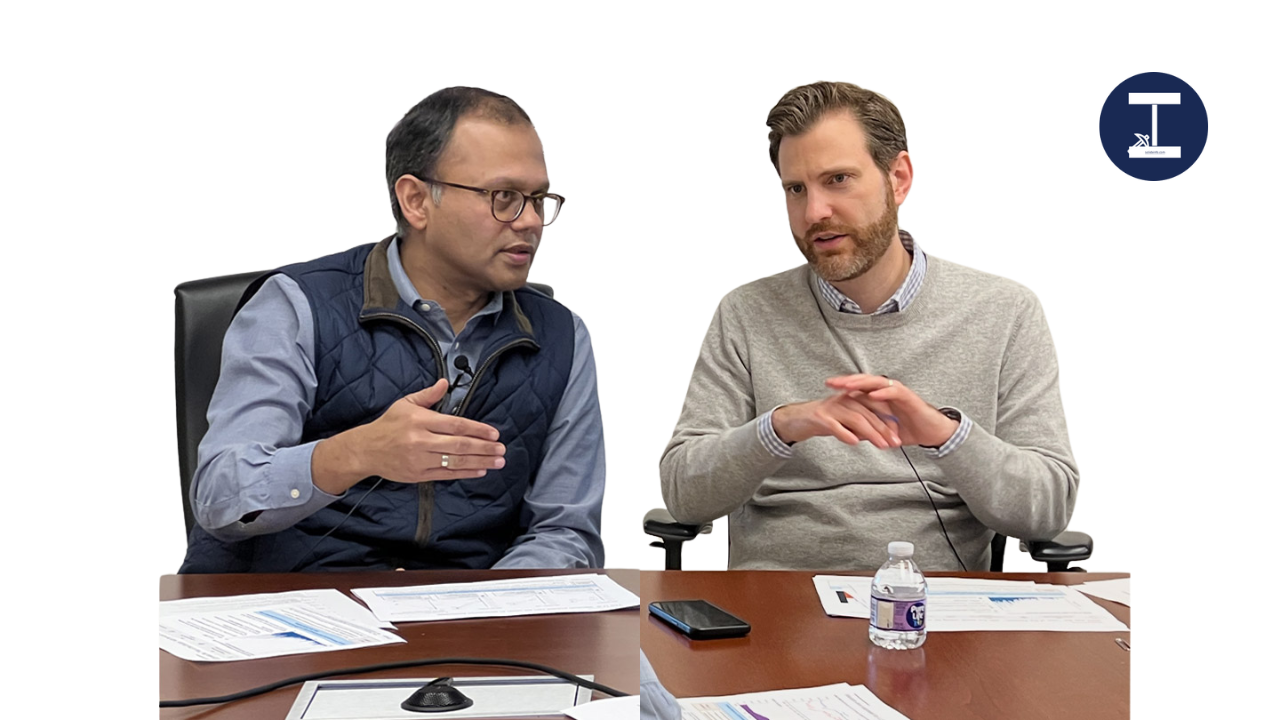Navigating Global Economic Trends: Insights from J.P. Morgan’s Corporate Compass

Understanding the Global Economic Landscape
The discussion between Rama Variankaval and Evan Junek offers a deep dive into the evolving global economic trends, with a particular focus on how these trends are shaping financial markets. Drawing on insights from J.P. Morgan’s Corporate Compass report, the conversation goes beyond the typical realm of finance, exploring the broader implications of political shifts and macroeconomic factors that are currently influencing both capital and debt markets. It’s not just about numbers—it’s about understanding how investors and businesses can prepare for an uncertain but potentially prosperous future.
One of the most prominent points discussed is the significant political changes that occurred in 2024, marked by elections in many major countries. These elections resulted in many incumbents losing power, reflecting a wider global sentiment of dissatisfaction or a demand for change. This change in political leadership has inevitably caused ripples in financial markets, as political stability or upheaval often has a direct impact on investor confidence and market behavior.
In particular, the U.S. election stands out as a critical focal point. While shifts in political power are a regular occurrence, the ripple effects from U.S. elections extend far beyond national borders, influencing global economic policies and markets. With a change in political administration in the U.S., the markets are adjusting to new policies and expectations, which are likely to shape both domestic and international markets in the coming years.
U.S. Economic Outlook for 2025
One of the key takeaways from the discussion is the optimistic growth outlook for the U.S. economy in 2025. Forecasts indicate that the U.S. will experience growth, largely driven by political and policy shifts, although inflation is expected to remain high. As Evan Junek highlights, the U.S. is likely to face a “higher for longer” inflationary trend, meaning that interest rates are projected to stay elevated for the foreseeable future. This presents both opportunities and challenges for investors, who must navigate the dual forces of economic growth and rising costs.
The U.S. dollar, a key indicator of economic health, is expected to continue its strengthening trend, reflecting the country’s persistent strength in global markets. As U.S. economic performance outpaces many other countries, the dollar is likely to remain a stable and attractive currency for global investors.
However, rising inflation and interest rates have a direct impact on borrowing costs. This is where the discussion delves into the growing cost of debt. With U.S. government borrowing rates rising, corporate borrowing costs are also expected to increase. For companies, this means that their borrowing costs are now significantly influenced by rising treasury rates, which could affect profitability and capital expenditure decisions moving forward.
The Role of AI and Technological Innovation in Growth
While rising costs present challenges, the conversation reveals a key area of optimism: the role of artificial intelligence (AI) in driving future growth. The investment in AI, particularly by a small group of highly influential companies dubbed the “Magnificent 7,” is set to have a transformative impact on both the U.S. and global economies. These companies are expected to invest nearly half a trillion dollars in AI research and development, an investment that could lead to significant technological advancements and economic growth.
The focus on AI highlights a shift in how companies are prioritizing innovation and future growth. While some sectors, particularly those tied to commodities, remain conservative in their spending, the tech giants are aggressively investing in future technologies. This approach has allowed these companies to improve their return on invested capital, even as they continue to pour resources into AI and other cutting-edge technologies.
The conversation also touches on the broader implications of this technological push. As AI becomes a key driver of growth, the companies that are leading this charge are not just innovating—they’re shaping the future economic landscape. For investors, this presents an opportunity to capitalize on a burgeoning field that is likely to reshape industries across the board.
The Potential Impact of Deregulation
Another critical point raised in the discussion is the potential for deregulation under the incoming U.S. administration. If certain capital rules, like the Basel III endgame regulations, are not enforced, U.S. banks could potentially free up billions in capital. This freed capital could be used to expand loan capacity, which in turn could stimulate significant economic growth. The financial sector, in particular, stands to benefit from such deregulation, and this could have far-reaching effects on both the U.S. and global economies.
The conversation paints a picture of a future where growth, driven by technological innovation and regulatory changes, could be balanced by the challenges posed by inflation and rising borrowing costs. For companies, this means navigating a complex landscape, but the opportunities for growth remain substantial.
Conclusion
The conversation between Rama Variankaval and Evan Junek in What’s The Deal? sheds light on the complex interplay between global political shifts, economic trends, and financial markets. With a positive outlook for U.S. economic growth, driven by investments in AI and potential deregulation, investors and companies must prepare to navigate the challenges of inflation and rising interest rates. The key takeaway is clear: while the global economic landscape may be evolving, those who remain adaptable and forward-thinking will be best positioned to seize the opportunities that lie ahead.
This article is for informational purposes only and should not be considered professional advice.



